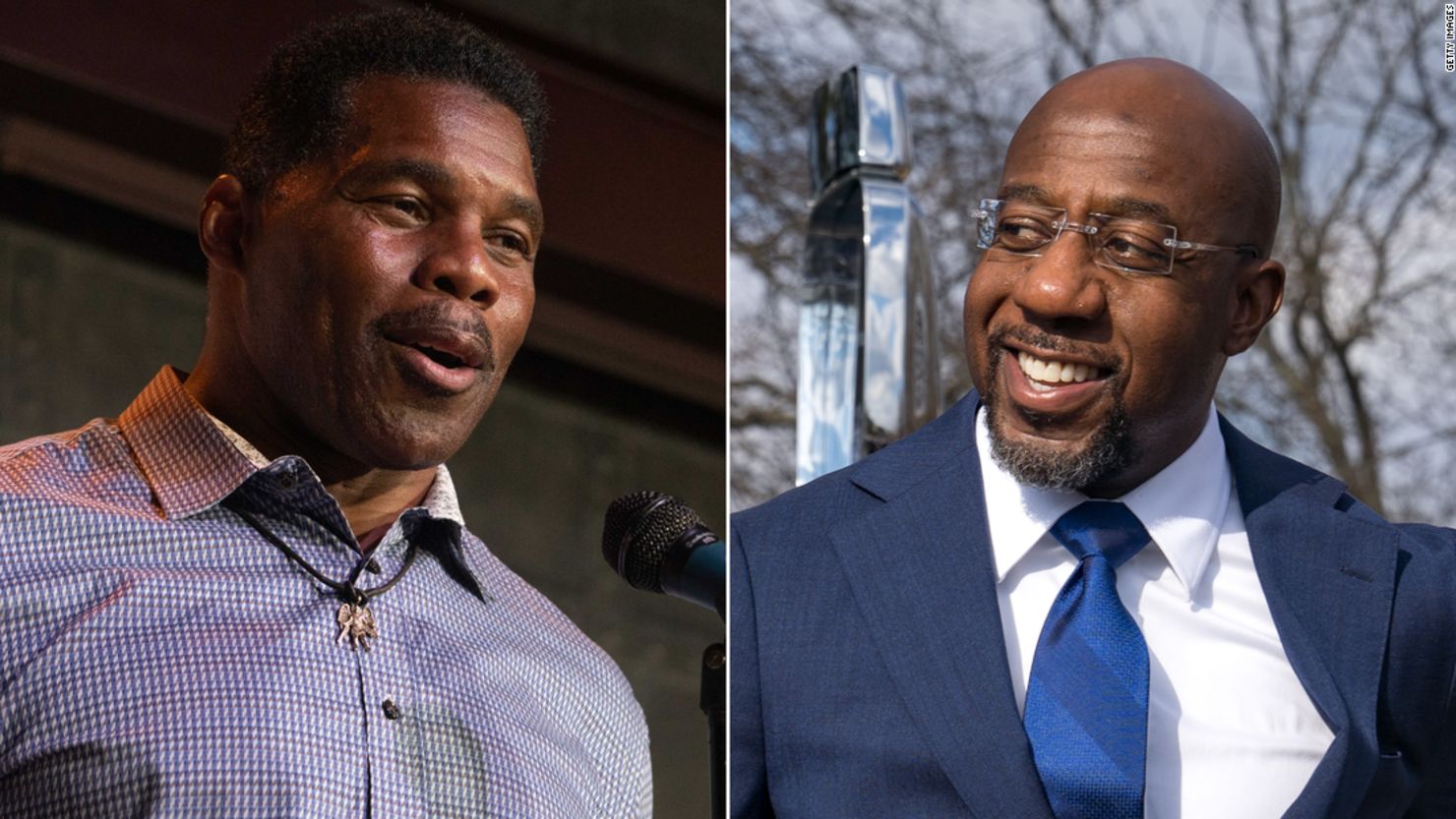Democrats defied the odds – and most political handicappers’ predictions – to keep control of the Senate, as CNN projected over the weekend, making the December runoff between Raphael Warnock and Herschel Walker in Georgia seemingly less important.
But a look at the 2024 Senate map shows that Democrats need every seat they can get as they look to the next election cycle, which is filled with potentially problematic races for the party.
Overall, there will be 33 Senate seats up in 2024. Democrats will be defending 23 of them, compared to 10 for the Republicans. Even before we consider potential retirements and the like, the slate of seats look daunting for Democrats.
Whereas the party didn’t have to defend a single seat in a state former President Donald Trump won in 2020 this election cycle, in 2024 they will have to defend three seats – Montana, Ohio and West Virginia – where Trump won. Republicans, on the other hand, have no incumbents up in 2024 sitting in seats that Joe Biden won in 2020.
Let’s look at the potentially troublesome seats for Democrats – starting with three Trump carried in the 2016 and 2020 elections.
* Montana: Democratic Sen. Jon Tester is in his third term, but he’s never had a truly easy race – having won with roughly 49% twice and 50% in 2018, a good year for Democrats nationally. Tester hasn’t announced whether he will run again, but either way, Republicans will be targeting the state. Rep. Matt Rosendale, who lost to Tester by three points in 2018, is mentioned as a possible candidate, as in Rep.-elect Ryan Zinke.
* Ohio: As Rep. Tim Ryan just proved, it’s very hard to win statewide as a Democrat in increasingly red Ohio. But Sen. Sherrod Brown has seemed to be able to crack that code in past races, winning with 53% in 2018 and 51% in 2012. But Republican J.D. Vance’s win in Ohio this year will undoubtedly embolden Republicans who have long eyed Brown for defeat. Among the names mentioned as possible candidates include Secretary of State Frank LaRose, Attorney General Dave Yost and state Sen. Matt Dolan.
* West Virginia: Sen. Joe Manchin is a Democrat sitting in a state that Trump carried by 39 points in 2020. And unlike his last reelection bid in 2018, the presidential race will be at the top of the ticket – likely driving people further into their partisan corners. That’s bad news for Manchin, who relies on the votes of independents and Republican to win. And Republicans are already lining up for the chance to take on Manchin. In September, Gov. Jim Justice, a Democrat-turned-Republican, said he is considering a run against Manchin. And Rep. Alex Mooney even ran ads during the 2022 campaign bashing Manchin for supporting the Inflation Reduction Act. Manchin is the only Democrat who would have a chance of holding this seat, but even his grip on it is tenuous in a presidential year in West Virginia.
Beyond those three seats, there are plenty of other possible problems for Democrats on the map.
There’s Arizona, where Sen. Kyrsten Sinema, who won with 50% of the vote and could face a primary challenge from Rep. Ruben Gallego, is channeling liberals’ unhappiness with how she has voted in her first term.
And in neighboring Nevada, Sen. Jacky Rosen is up for a second term. She won in 2018 with 50% of the vote, and given the long history of close statewide races in Nevada, has to be considered potentially vulnerable as well.
Sens. Tammy Baldwin of Wisconsin, Debbie Stabenow of Michigan and Bob Casey of Pennsylvania all sit in states that are expected to be hotly contested at the presidential level.
The problem for Democrats isn’t just that they have a lot of vulnerability on their side of the aisle in 2024. It’s that Republicans have almost none.
The two best pickup opportunities for Democrats are in Florida and Texas. But after the shellacking that Democrats took in Florida last Tuesday, Sen. Rick Scott has to be feeling pretty confident. Ditto Texas Sen. John Cornyn after 2022 proved, again, that races in the state are still the Republicans’ to lose.
The point is this: Democrats need to gain every seat they can from the 2022 election cycle. Holding the Senate this year is a massive achievement, but keeping it again in two years’ time will be a gargantuan task. Democrats would much rather start the 2024 cycle with a bit of cushion provided by a Warnock win.


